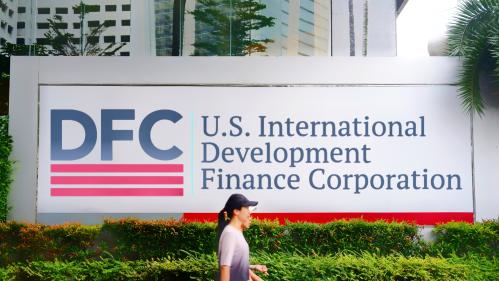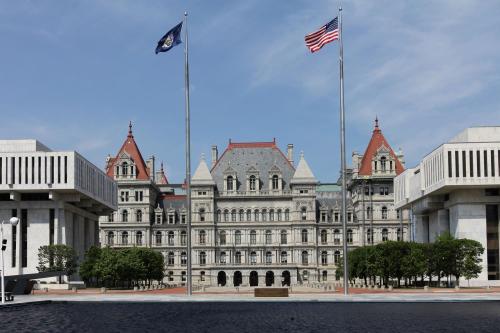There has been lots of reporting and analysis of President Obama’s FY 2014 budget, particularly on key domestic elements and on defense, but little attention has been given to the international part of the budget.
The most thorough and careful analysis of the international affairs account was released yesterday by the U.S. Global Leadership Coalition.
No need to repeat the analysis here, but I will highlight several noteworthy elements in the budget:
- Funding is straight lined from FY 2013 spending levels (includes sequestration), which is about a 15 percent reduction from 2010 levels.
- Funding for a range of development activities would increase, including for the development assistance account, health, women and girls, food security, multilateral development banks, and disaster assistance.
- Funding to engage the U.S. private sector in development is up significantly – funding for the Overseas Private Investment Corporation increases by one third and for the Trade and Development Agency by a quarter.
- Selectivity is alive, with hard decisions being made to reduce the USAID presence in 11 countries, funding for agriculture and HIV/AIDS programs in select countries, and funding for frontline states (Iraq, Afghanistan, and Pakistan).
- Embassy security would receive significantly higher funding.
While there are a number of significant changes proposed in the budget, the one that has received the most attention – beginning with leaked information six weeks ago and again with the release of the budget – is the proposal to bring greater efficiencies to food assistance. The heart of the proposal is to reduce the requirement to purchase U.S. commodities and to transport them on U.S. ships, which are costly in terms of time and money, and to allow greater flexibility in purchasing required food items on the open market. Another aspect of the change is to substitute cash payment for “monetization”. Under monetization, U.S. NGOS receive U.S. commodities, ship them to a developing country, and sell the commodities in the local market. The cash is then used to fund important development activities. But there are losses at the several steps in this process so it is an inefficient means of financing development. The same amount of cash directly to the NGOS would reach more beneficiaries.
The proposed reform of food assistance has engendered intense interest and debate within the NGO development community, with some strongly supporting the reform proposals and others more concerned resources could be lost in the legislative process. Two groups, the Modernizing Foreign Assistance Network and Interaction, released statements yesterday, both supportive of reform, but one emphasizing the benefits of reform and the other also seeking to ensure that benefits of the current system not be lost.



Commentary
Obama’s Budget and International Affairs: Level Funding but Noteworthy Changes
April 11, 2013